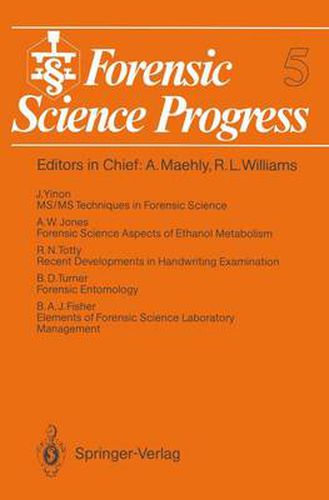Readings Newsletter
Become a Readings Member to make your shopping experience even easier.
Sign in or sign up for free!
You’re not far away from qualifying for FREE standard shipping within Australia
You’ve qualified for FREE standard shipping within Australia
The cart is loading…






This title is printed to order. This book may have been self-published. If so, we cannot guarantee the quality of the content. In the main most books will have gone through the editing process however some may not. We therefore suggest that you be aware of this before ordering this book. If in doubt check either the author or publisher’s details as we are unable to accept any returns unless they are faulty. Please contact us if you have any questions.
One of the surprising things about the natural world is that animals are dying around us all the time and yet we rarely see any evidence of it. This is a testimony to the efficiency of the large variety of organisms which decompose animal corpses. Whilst bacteria and fungi are the main groups involved in decomposition processes, the larger insects additionally provide an important physical disruption of body tissues, which aids the penetration of micro organisms and speeds the collapse of the body structure. A human corpse is treated no differently and the same groups of organisms are involved. From a forensic science viewpoint the universality of the decay process provides two major advantages. Information based on the decomposition of animals is of considerable value when considering human cases and the successional pattern of decay is broadly equivalent wherever the process is being studied. Historically, the usefulness of insects in solving crime can be traced back in the literature to the 13th century. McKnight [1, 2] translated a Chinese text of this period which contains an account of how a law officer dealt with a case of murder in the rice fields. Death had been caused by a sickle and the official ordered all the field workers to line up and lay their sickles on the ground in front of them. Flies began to be attracted to one of the sickles whereupon its owner confessed to the crime.
$9.00 standard shipping within Australia
FREE standard shipping within Australia for orders over $100.00
Express & International shipping calculated at checkout
This title is printed to order. This book may have been self-published. If so, we cannot guarantee the quality of the content. In the main most books will have gone through the editing process however some may not. We therefore suggest that you be aware of this before ordering this book. If in doubt check either the author or publisher’s details as we are unable to accept any returns unless they are faulty. Please contact us if you have any questions.
One of the surprising things about the natural world is that animals are dying around us all the time and yet we rarely see any evidence of it. This is a testimony to the efficiency of the large variety of organisms which decompose animal corpses. Whilst bacteria and fungi are the main groups involved in decomposition processes, the larger insects additionally provide an important physical disruption of body tissues, which aids the penetration of micro organisms and speeds the collapse of the body structure. A human corpse is treated no differently and the same groups of organisms are involved. From a forensic science viewpoint the universality of the decay process provides two major advantages. Information based on the decomposition of animals is of considerable value when considering human cases and the successional pattern of decay is broadly equivalent wherever the process is being studied. Historically, the usefulness of insects in solving crime can be traced back in the literature to the 13th century. McKnight [1, 2] translated a Chinese text of this period which contains an account of how a law officer dealt with a case of murder in the rice fields. Death had been caused by a sickle and the official ordered all the field workers to line up and lay their sickles on the ground in front of them. Flies began to be attracted to one of the sickles whereupon its owner confessed to the crime.